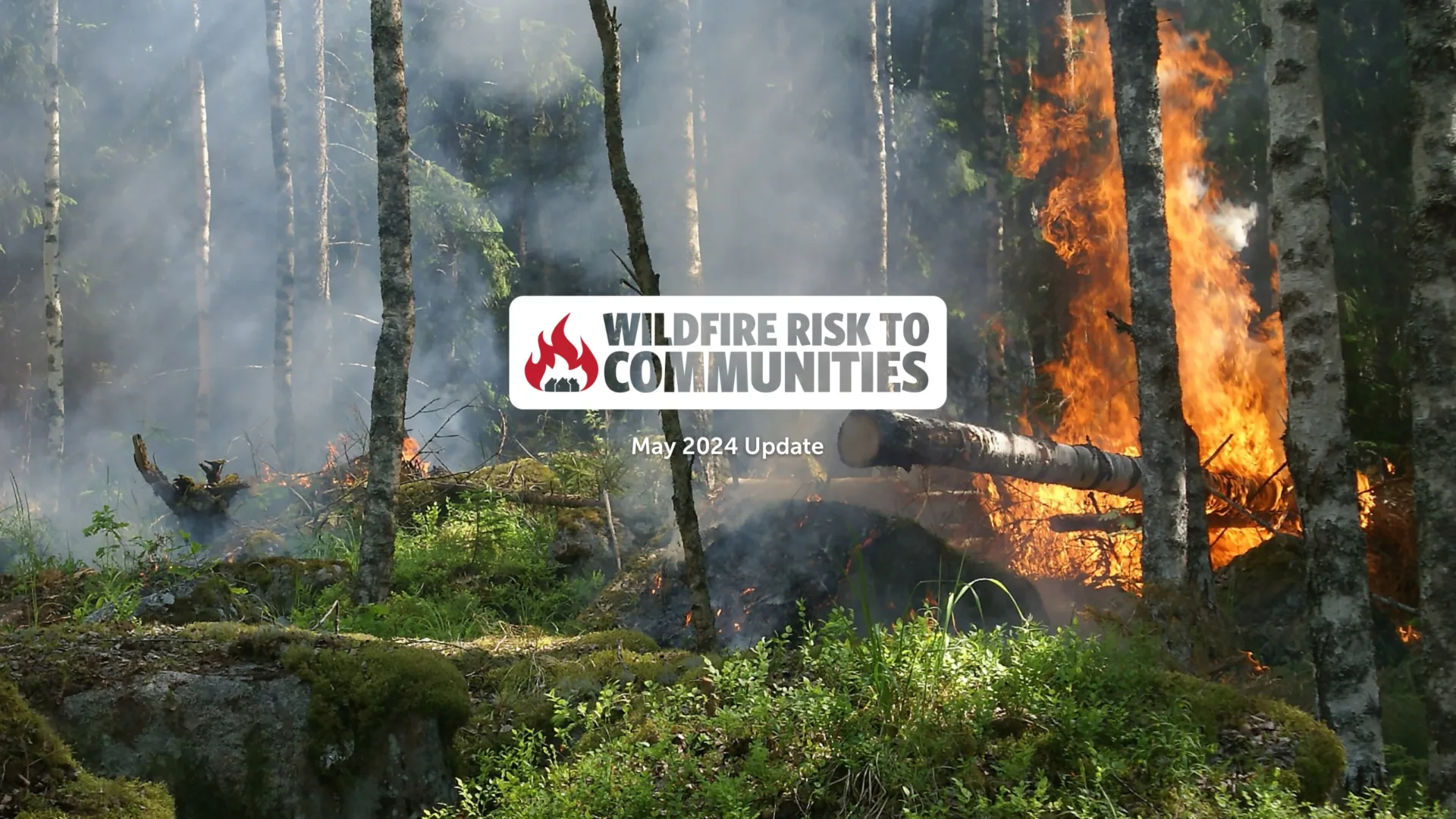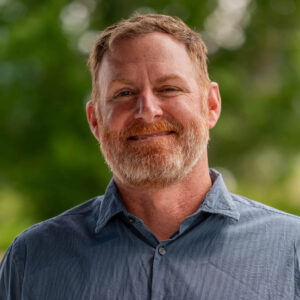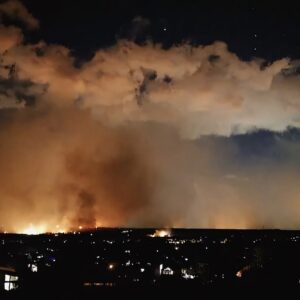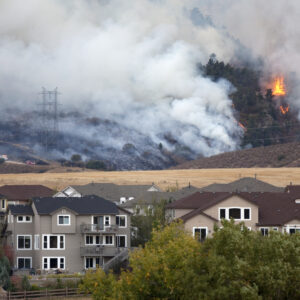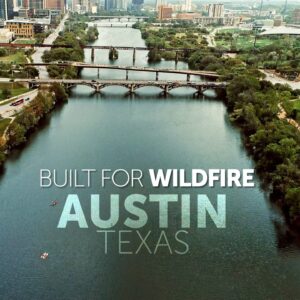The latest climate data and methodology updates to wildfirerisk.org, a free tool for understanding wildfire risks across the United States, reveal that over 115 million people—more than one-third of the U.S. population—live in counties with high wildfire risk.
Wildfire Risks to Communities is a U.S. Forest Service website operated in partnership with Headwaters Economics and Pyrologix. Since 2020 it has provided community leaders, researchers, and policymakers with data and solutions about wildfire threats to cities, towns, tribal areas, counties, and states.
The significant updates now available at wildfirerisk.org include new weather data, the latest vegetation and fuel information, improved data about buildings and housing units, and the latest advances in wildfire simulation modeling. These improvements bring together the best available science to provide more precise insights into wildfire risks for the entire United States.
Wildfire disproportionately affects some communities
In addition to revealing that nearly one-third of the U.S. population lives in high-risk areas, the updates help illustrate the many ways that the wildfire crisis threatens communities nationwide, and that some populations face disproportionate impacts:
- More than 48 million buildings (about one-third of all structures) are in high-risk counties. The new data demonstrate the urgent need to protect thousands of vulnerable communities.
- The Pacific Northwest has higher risk than previously understood. More than 60% of counties in Washington and Oregon have high wildfire risk, up from 47% in previous models.
- Nearly three out of four people living in tribal areas live in places with high risk.
- Nearly one in five places with high wildfire risk also have a greater percentage of people over the age of 65.
- Nearly 20% of places with high wildfire risk have a large number of mobile homes, putting a significant portion of the nation’s affordable housing stock and the people who live there at much higher risk.
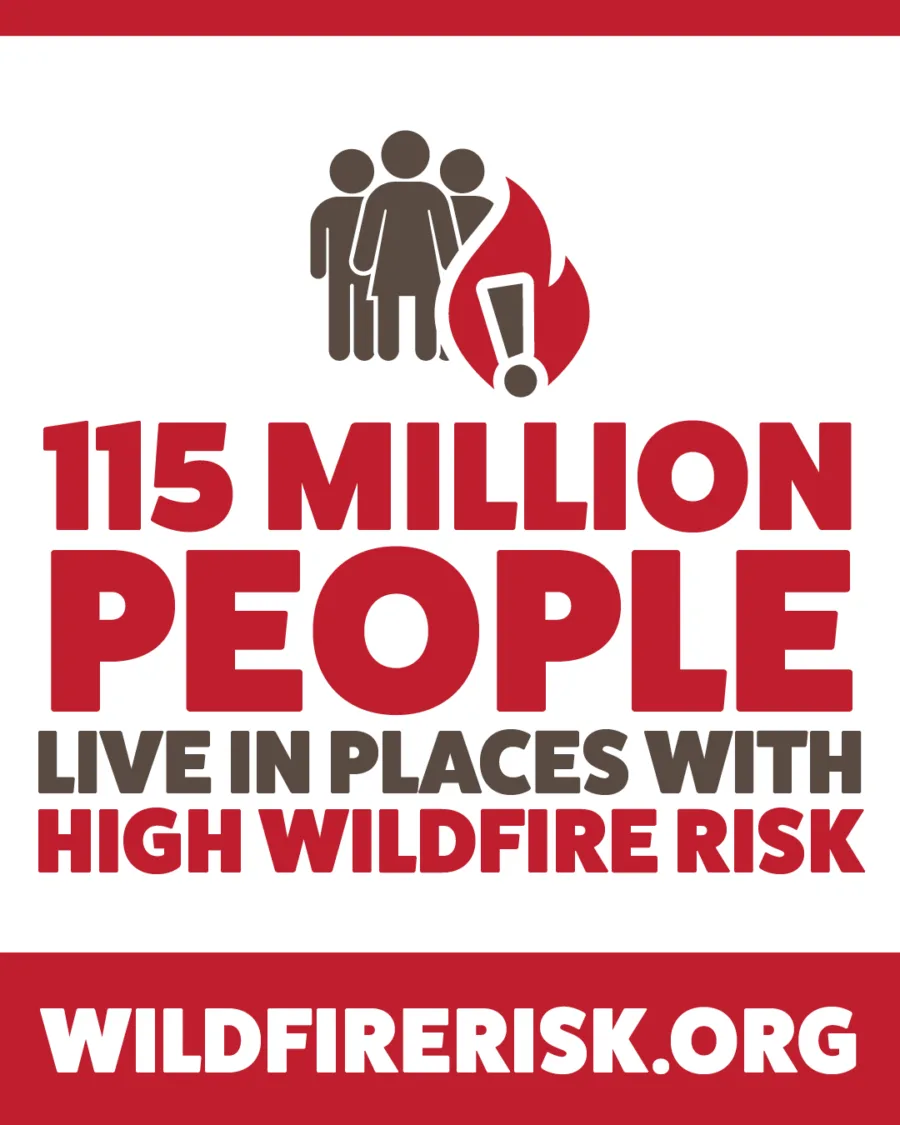
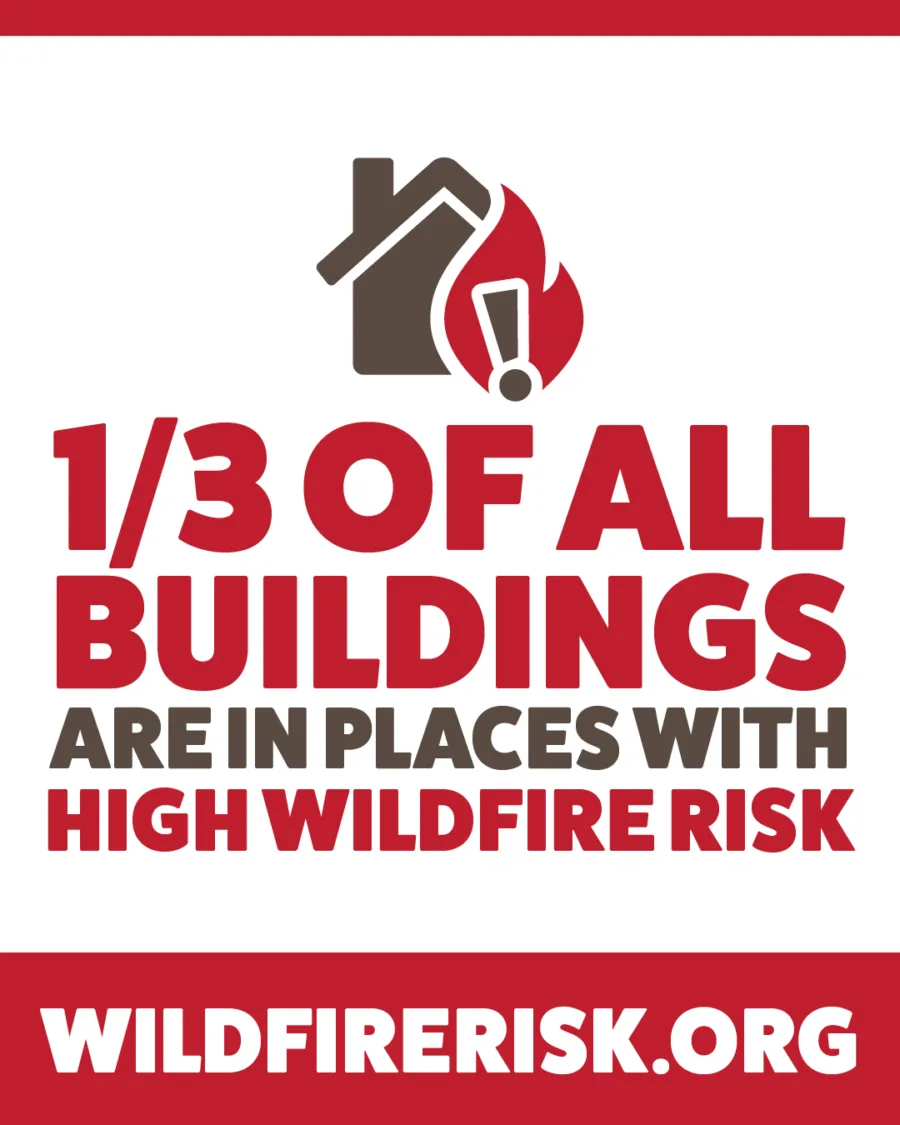
Resources to reduce risk
Navigation and curated resources have also been added to wildfirerisk.org to help communities learn about populations that may face challenges and discover new solutions that can help neighborhoods become wildfire ready. Resources describe how to use ignition-resistant building materials, evacuation readiness, land use planning, preparing for smoke, equitable risk reduction, and funding for wildfire resilience. The site includes resources to help communities apply for and administer federal grants for wildfire resilience.
